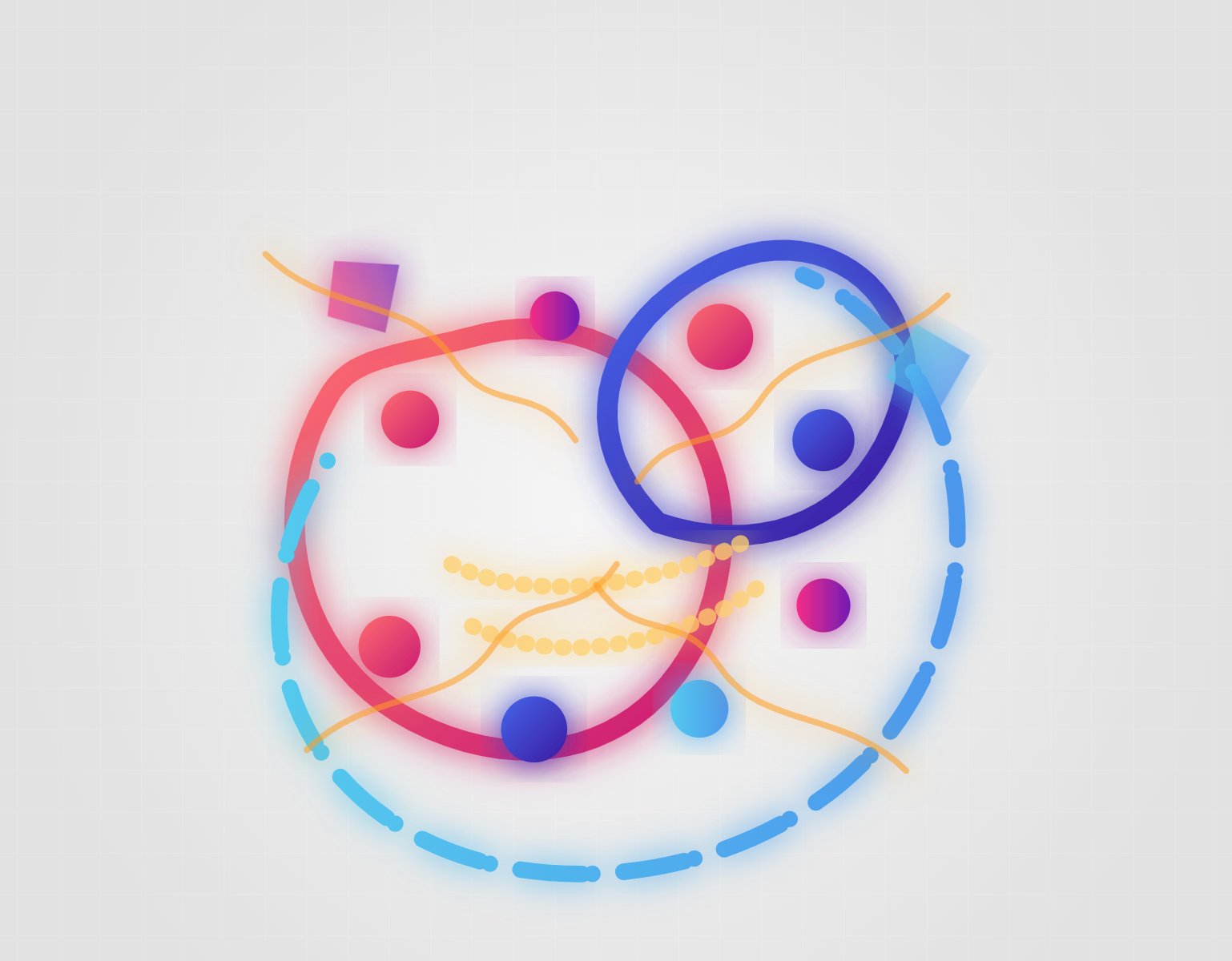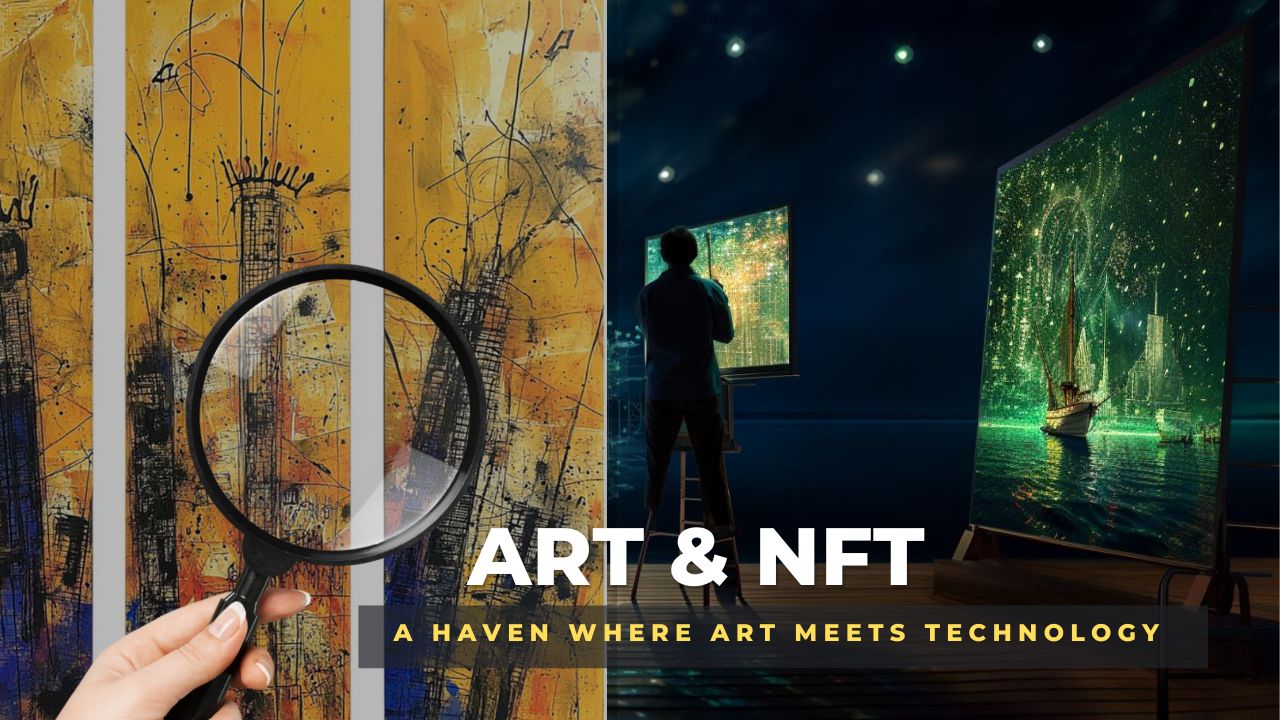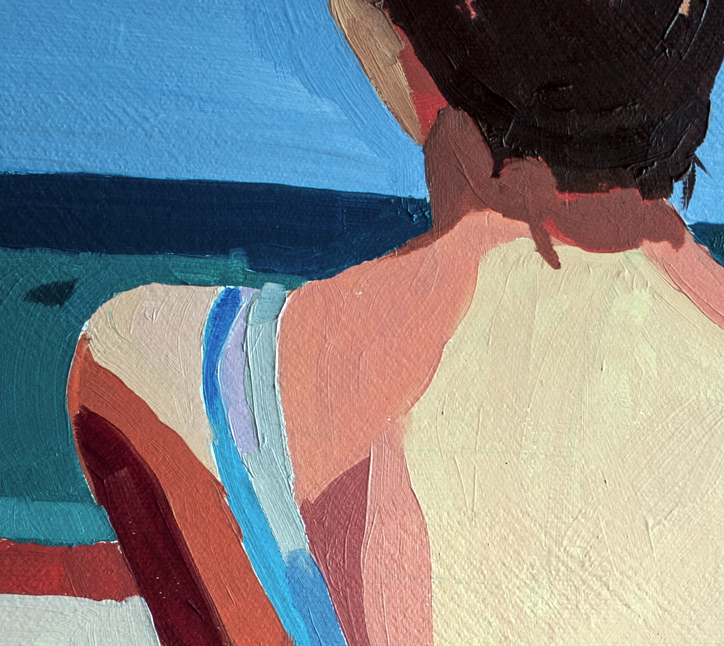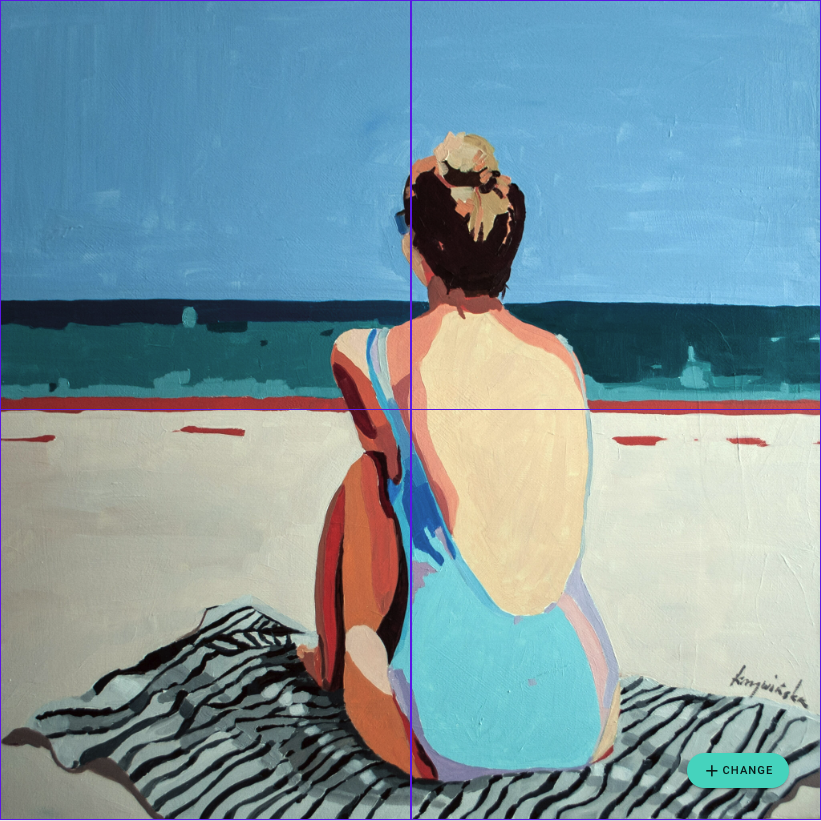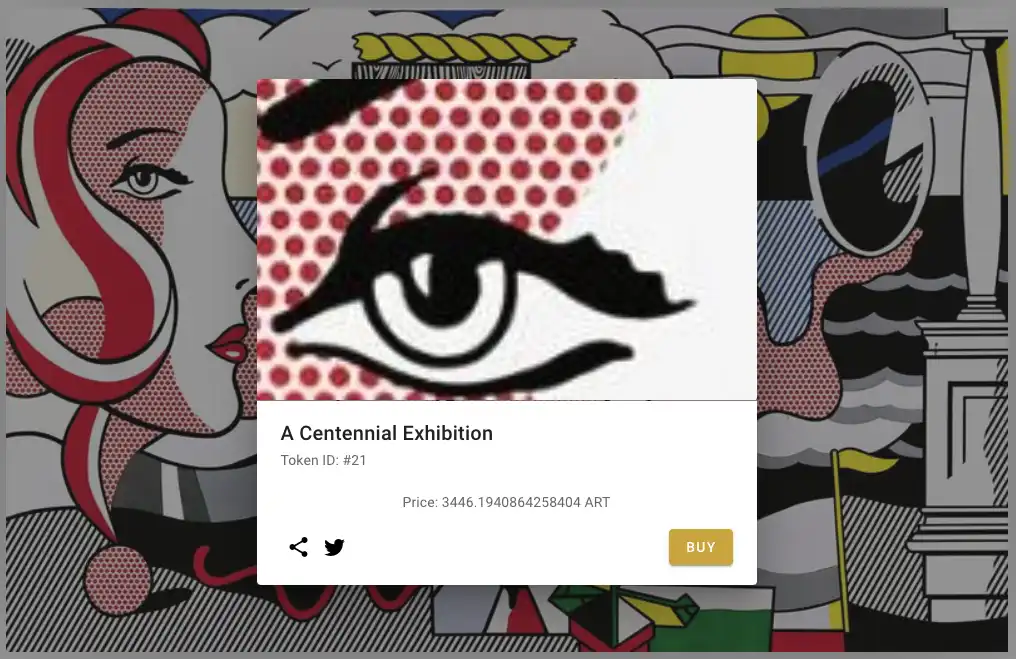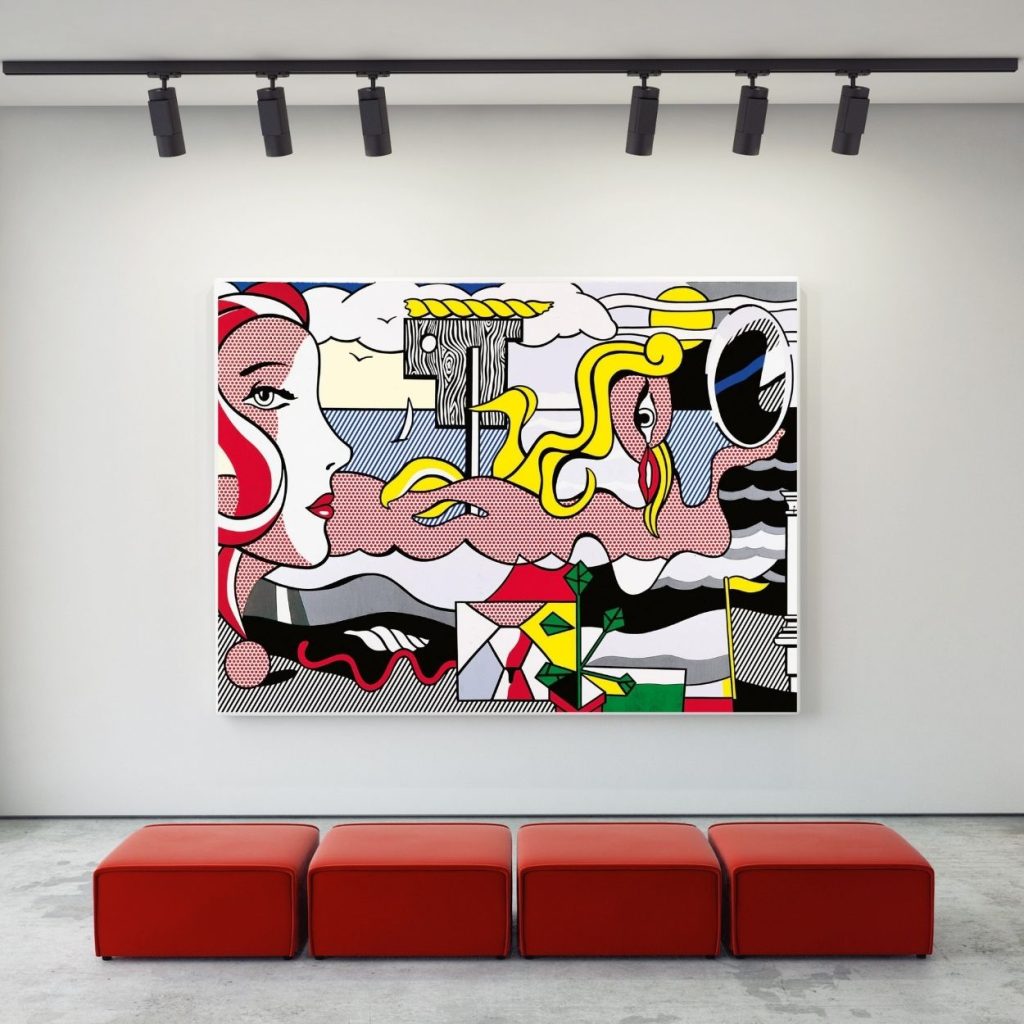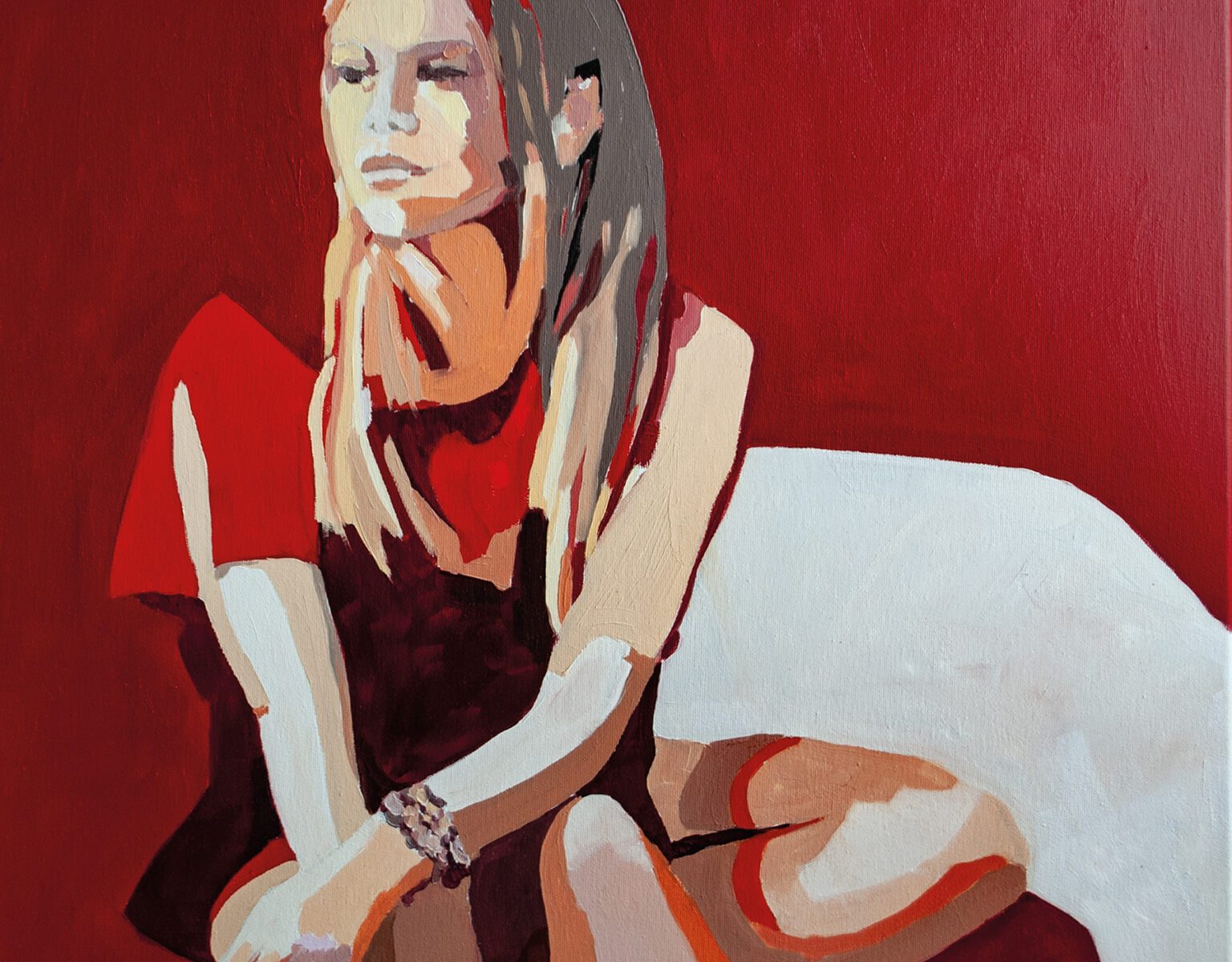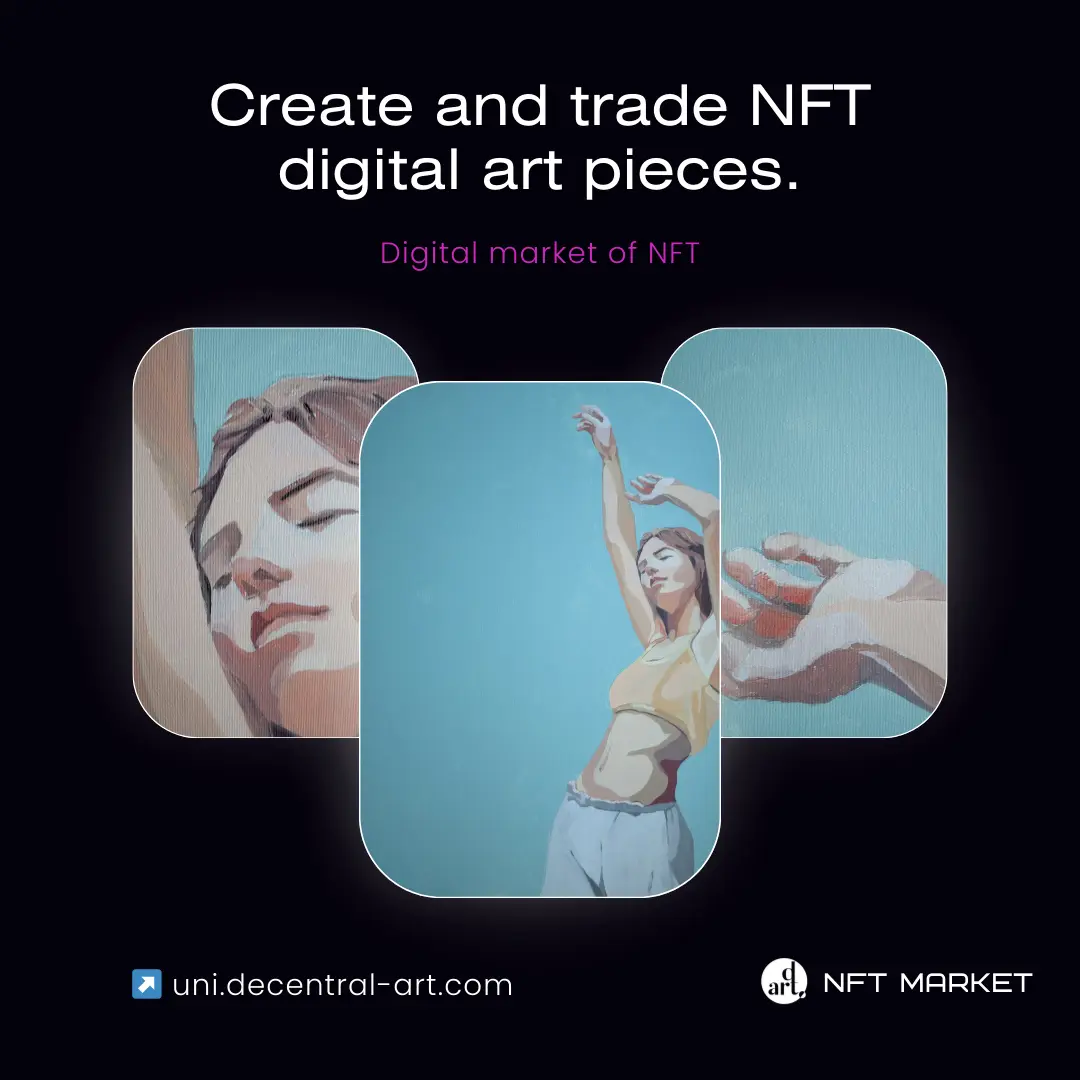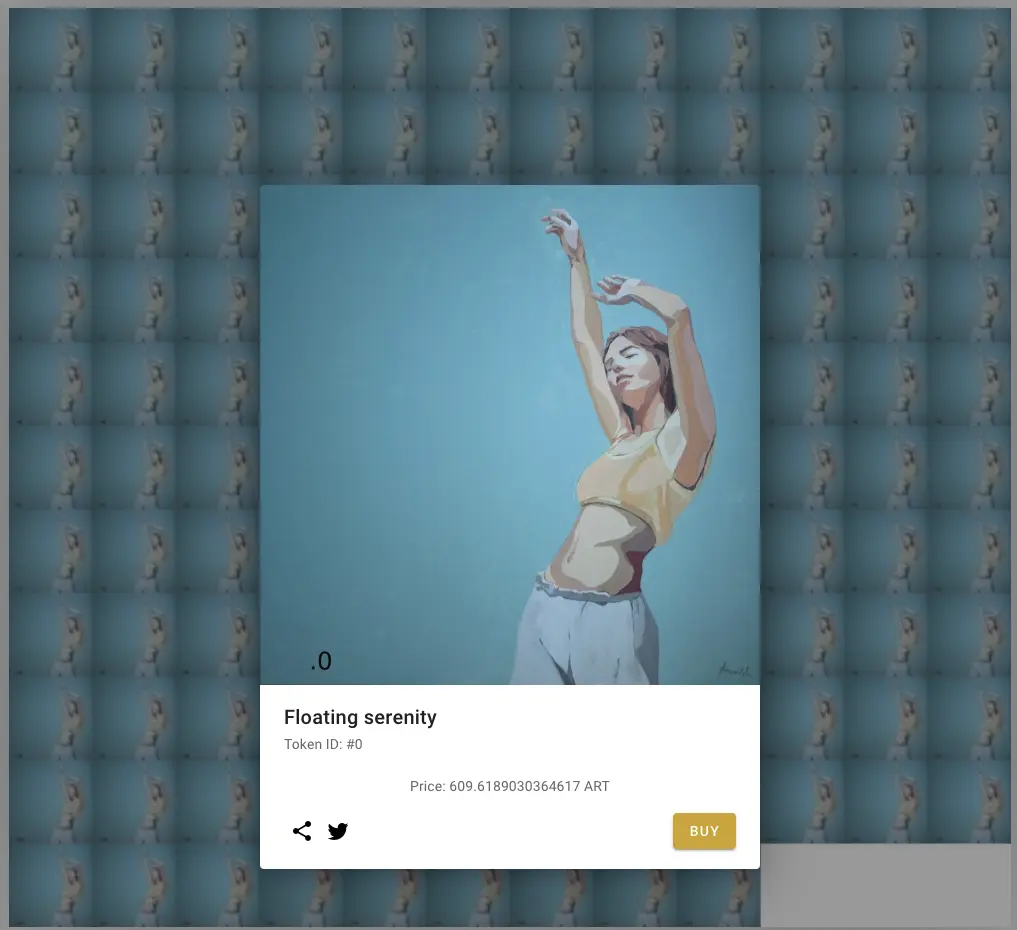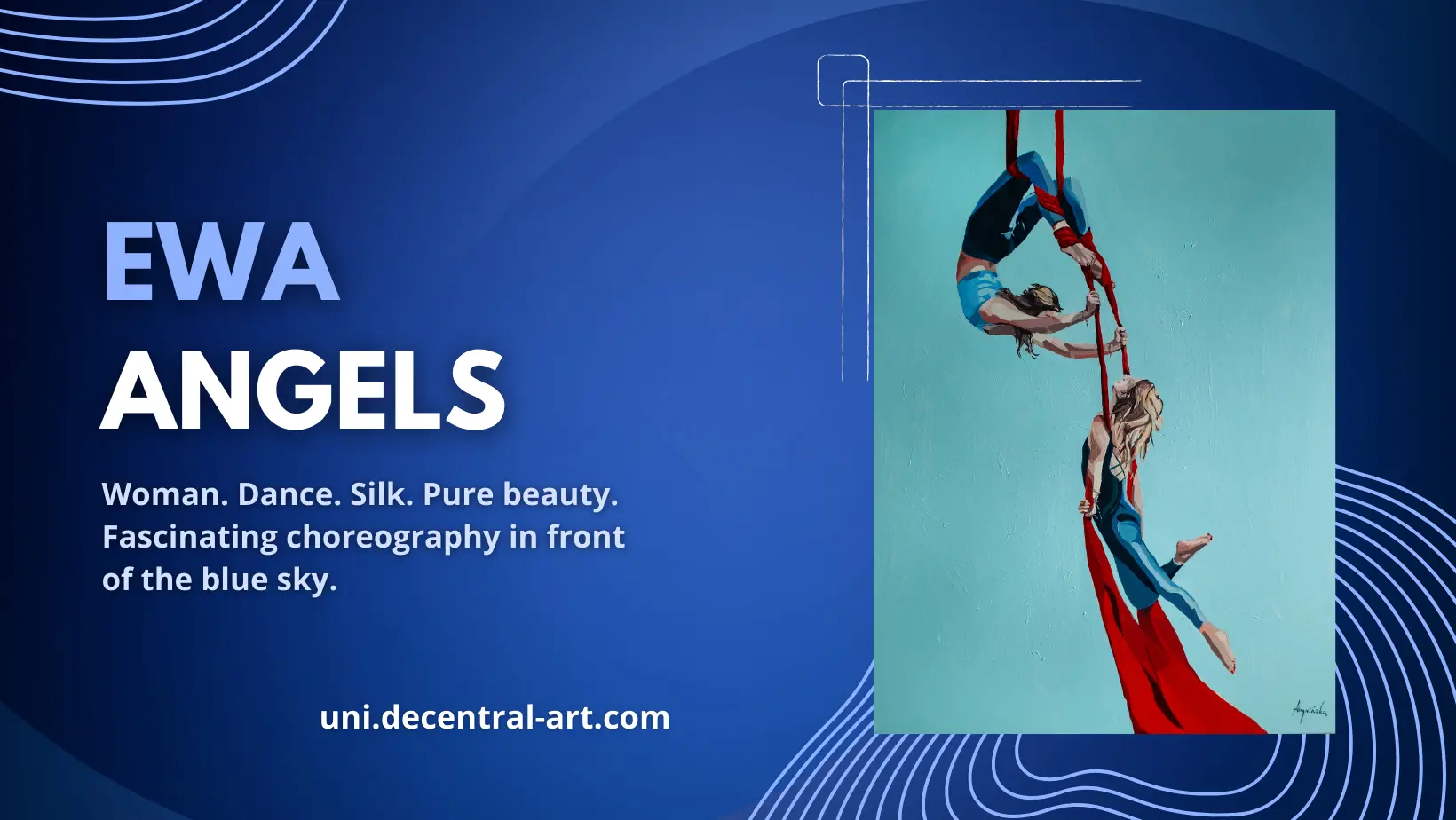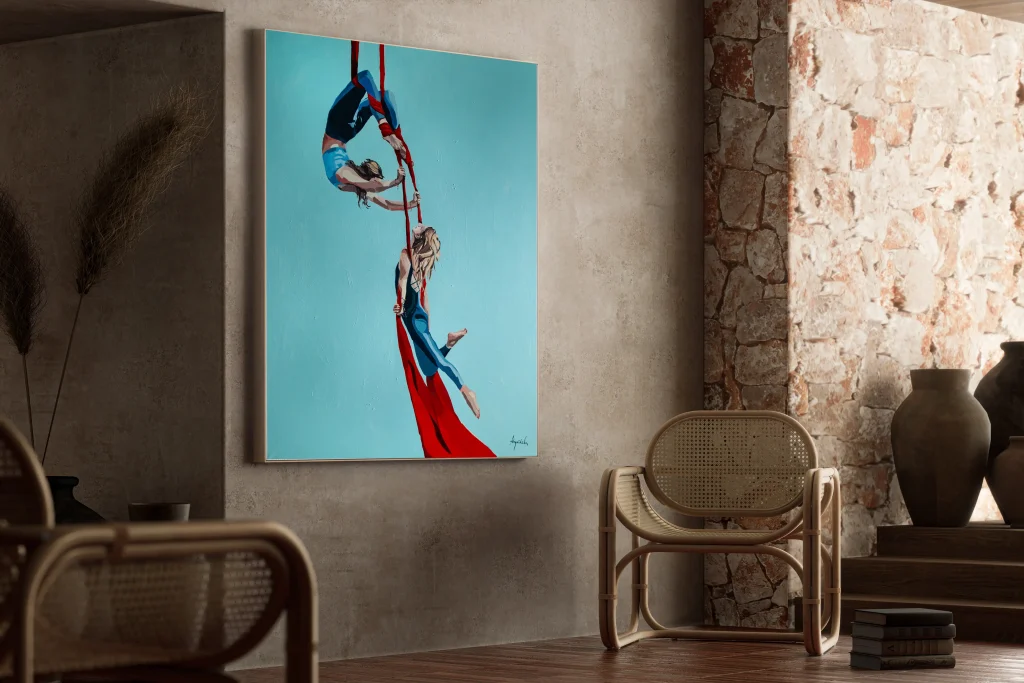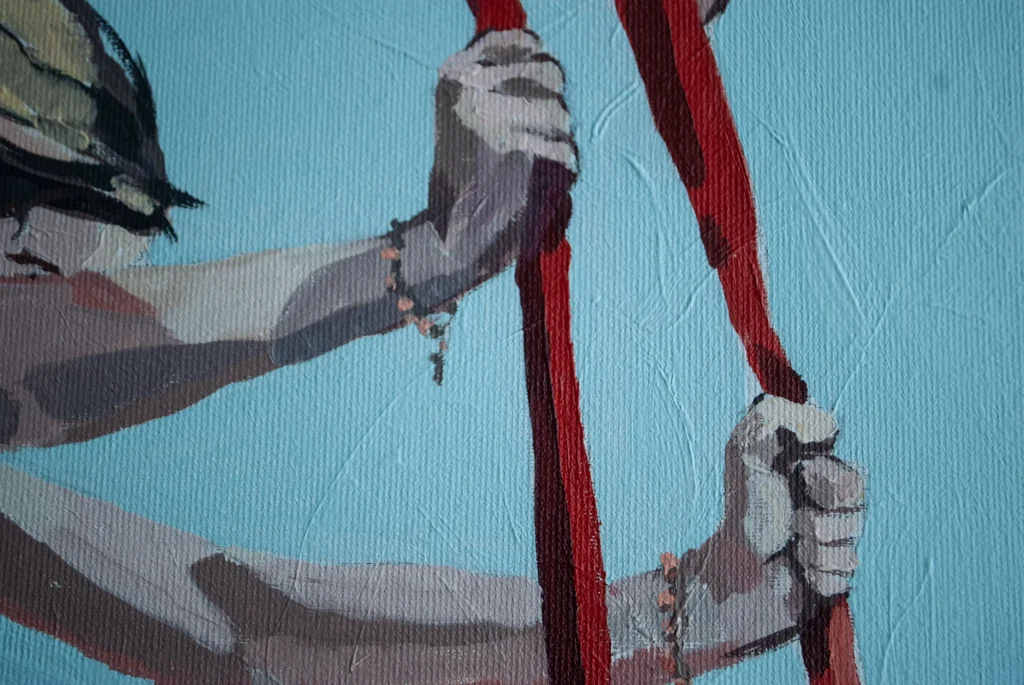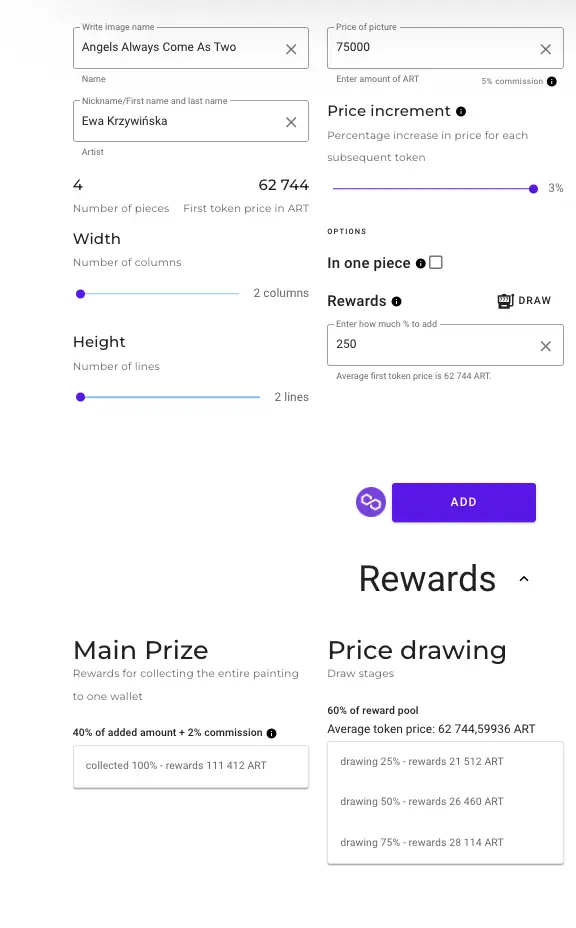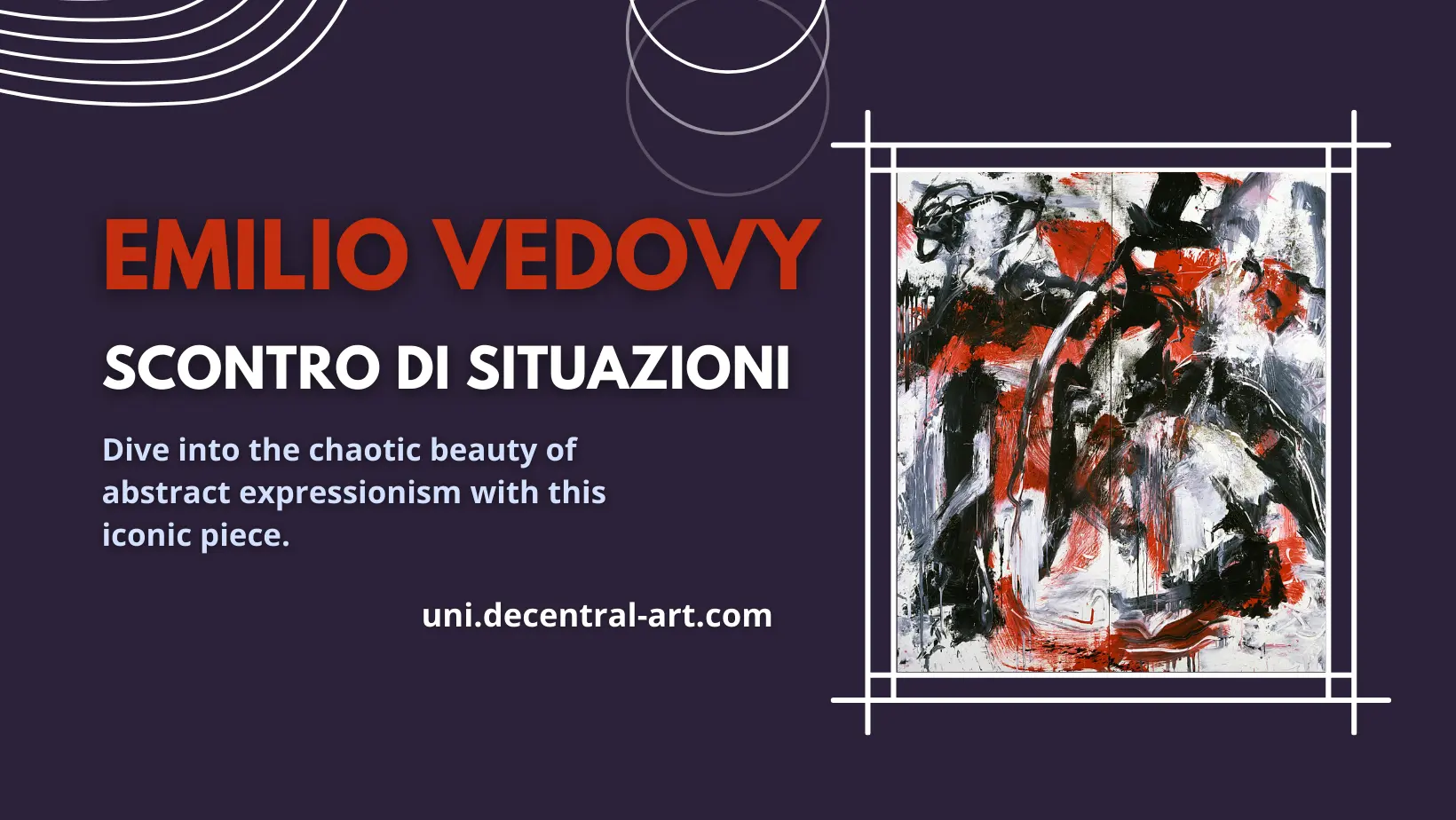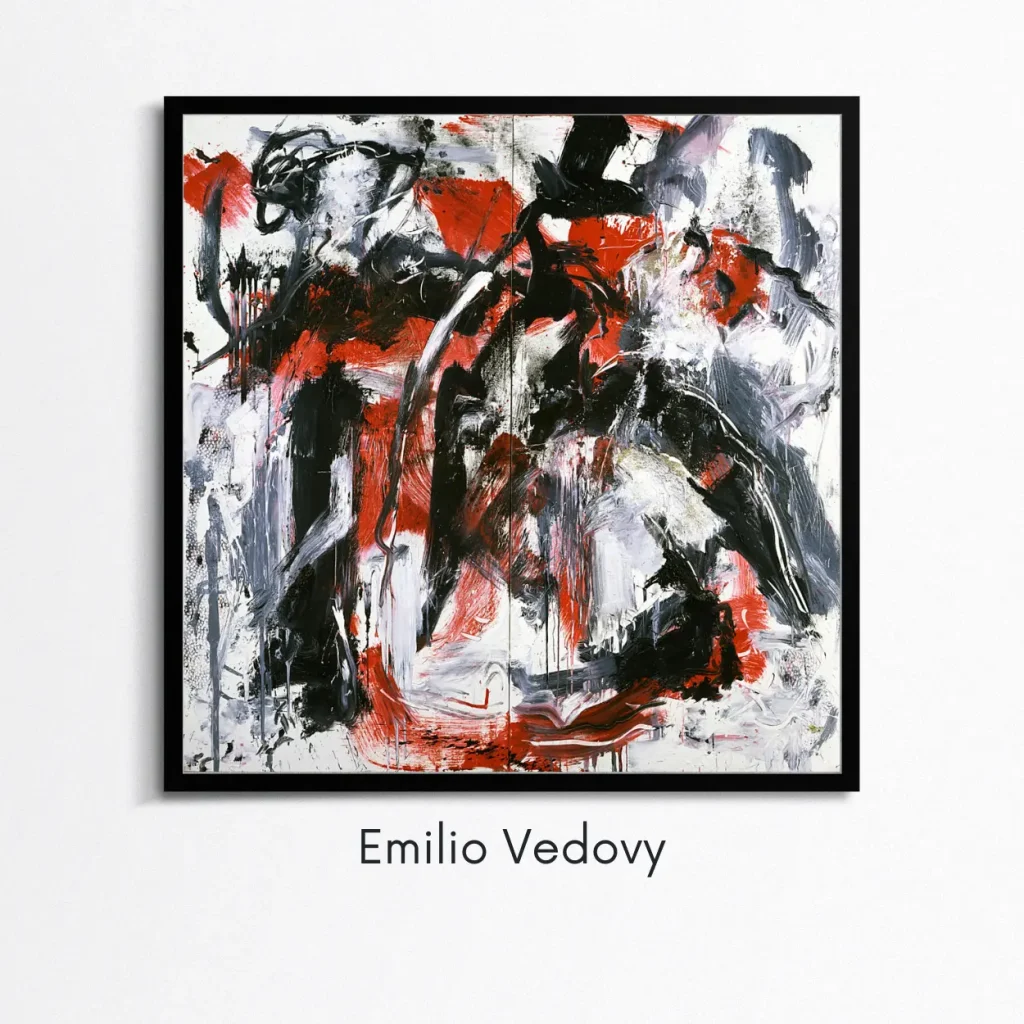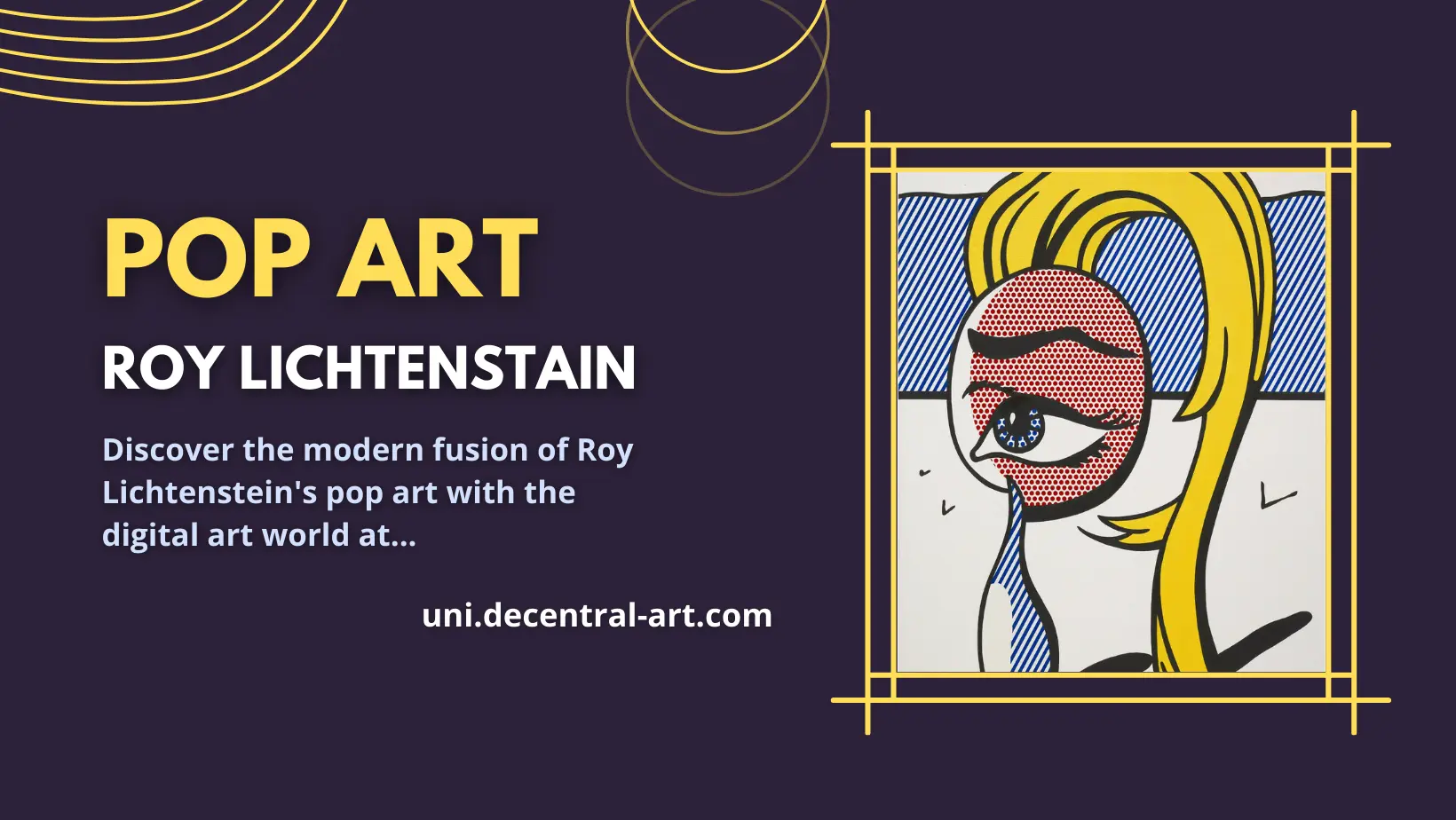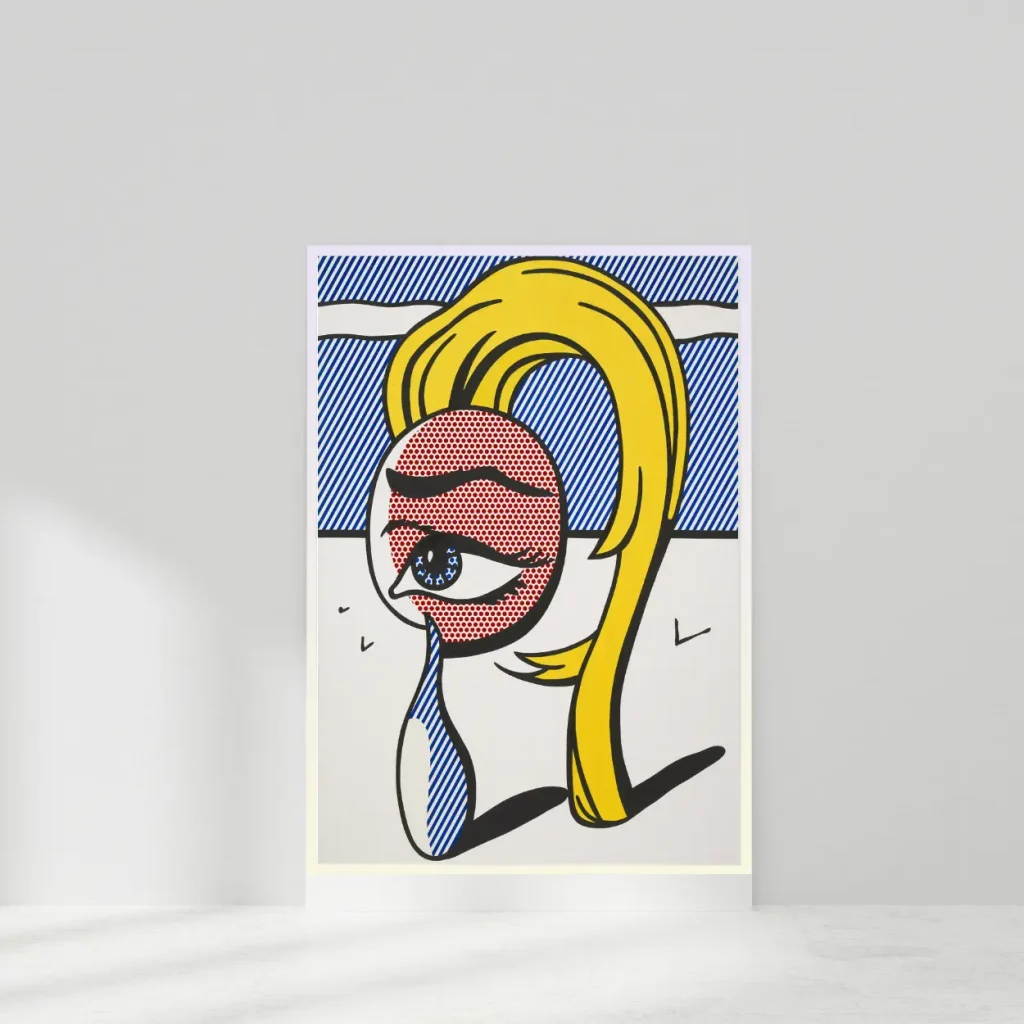…ABOUT THE ARTWORK
“Oxytocin” is a unique digital artwork inspired by the chemical structure of the so-called “love hormone” – oxytocin. The image presents an artistic interpretation of this fascinating molecule responsible for building human bonds, trust, and intimacy. The work combines scientific precision with artistic expression, creating a unique fusion of art and science.
The composition has been divided into 4 unique fragments, each constituting an independent work of art, but only when combined do they form a complete image of the molecule. The fragments depict key elements of the oxytocin structure – characteristic peptide rings, disulfide bridges, and amino acid chains – captured in a modern, artistic form.
UNIQUE NFT COLLECTOR MODEL
The “Oxytocin” artwork has been split into 4 exceptional NFT tokens that can be collected, listed for sale, or traded. Each fragment is an independent NFT token with its own unique value and transaction history on the blockchain.
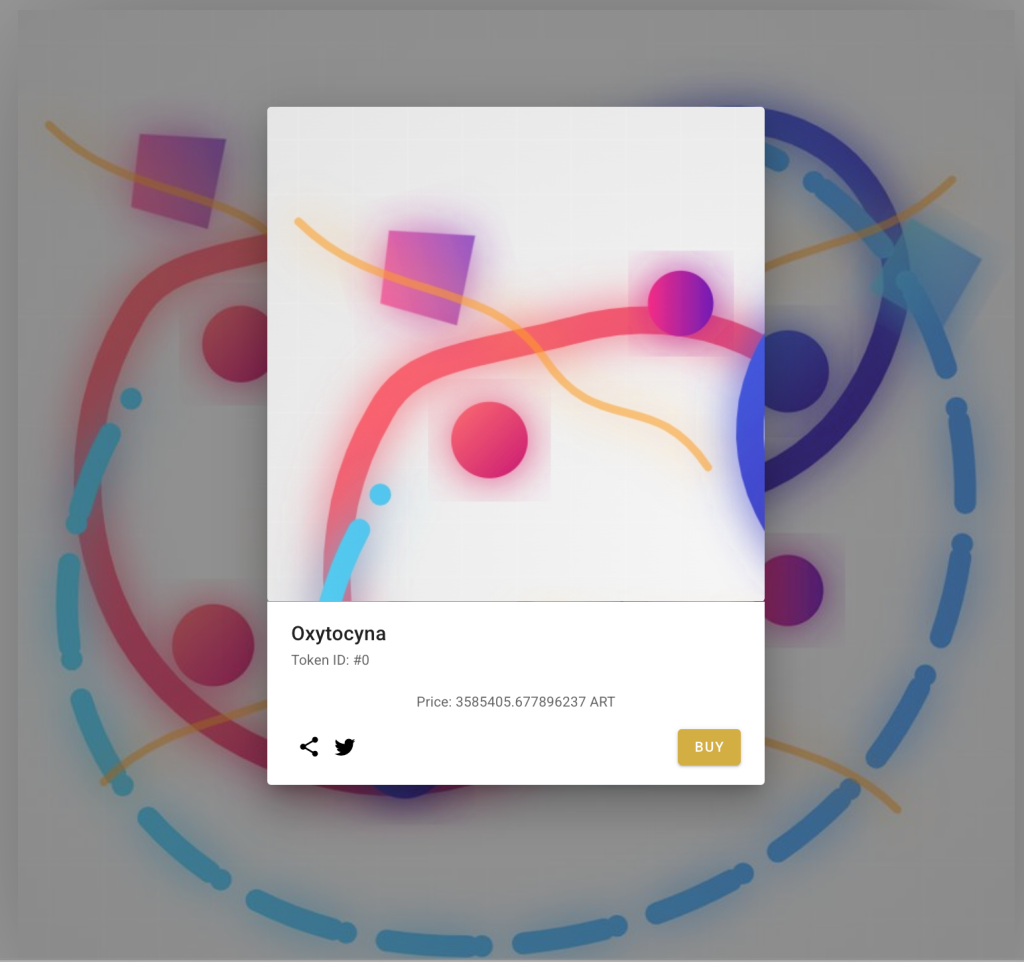
Collection details:
- Number of fragments: 4 unique NFTs
- Initial price: 2,500,000 ART per token
- First token price in ART: 3,585,405 ART
- Price increment: 3% for each subsequent token
- Structure: 2 columns × 2 rows
REWARD AND INCENTIVE SYSTEM
The “Oxytocin” collection utilizes an innovative reward system implemented through a smart contract that automatically rewards collectors:
Main Prize:
40% of the total amount + 2% commission will be paid to the collector who gathers all 4 fragments in a single wallet
With a complete collection, the reward amounts to 7,427,511 ART
Stage Collection Rewards (Price drawing):
- For collecting 25% of the collection: 1,434,162 ART (60% of the reward pool)
- For collecting 50% of the collection: 1,764,019 ART
- For collecting 75% of the collection: 1,874,306 ART
Additional benefits:
Collecting the entire image provides the main prize and an additional 2% from each transaction on the secondary market
By choosing the reward option, you receive 100% of the sale amount without commission (0%)
On the secondary market, a 5.5% commission is charged, of which 2% goes to the wallet holding the main prize, and 3.5% goes to the platform’s treasury
TECHNOLOGY AND INNOVATION
The “Oxytocin” artwork was created as a collection of NFT tokens based on a decentralized blockchain platform. The smart contract automatically manages the reward system and ownership of individual fragments, ensuring complete transparency and transaction security.
Thanks to the decentralized nature of blockchain, each fragment of “Oxytocin” has an immutable history of ownership and transactions, ensuring the authenticity and uniqueness of the artwork.
SYMBOLISM AND MEANING
The choice of oxytocin as the subject of the artwork is not coincidental – this molecule, known as the “love hormone,” symbolizes:
Connection – just as the fragments of the image combine into a whole, oxytocin connects people through emotional bonds
Trust – the blockchain system ensures trust in the digital world, similar to how oxytocin builds trust between people
Collaboration – collectors are encouraged to collaborate and build a community around the artwork
Reward for completeness – similar to human relationships, the greatest value lies in complete, full connections
This is not just a work of art but also a commentary on human nature and technology – how the digital world of NFTs can reflect fundamental aspects of our biology and psychology.


